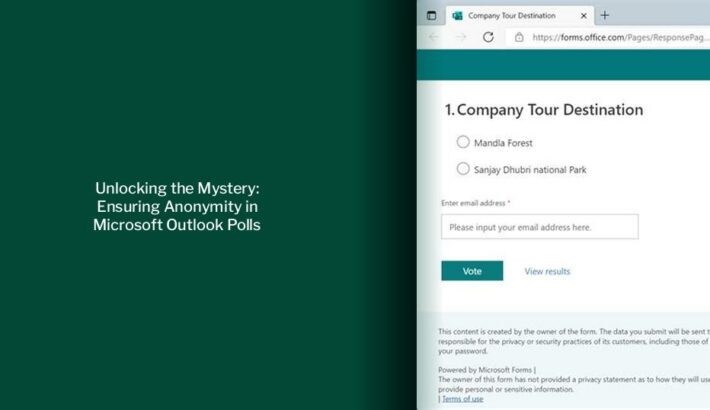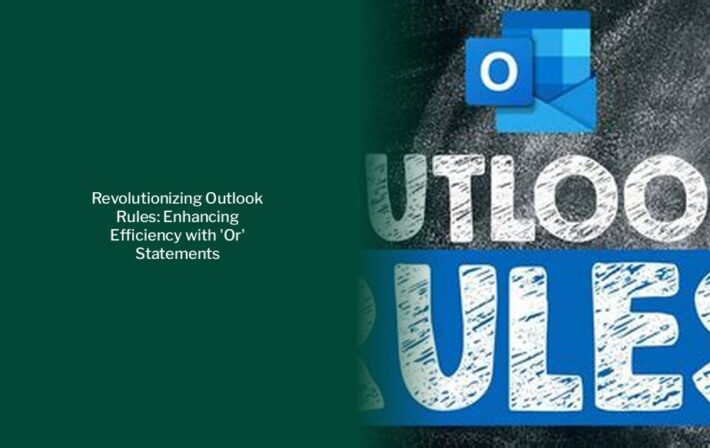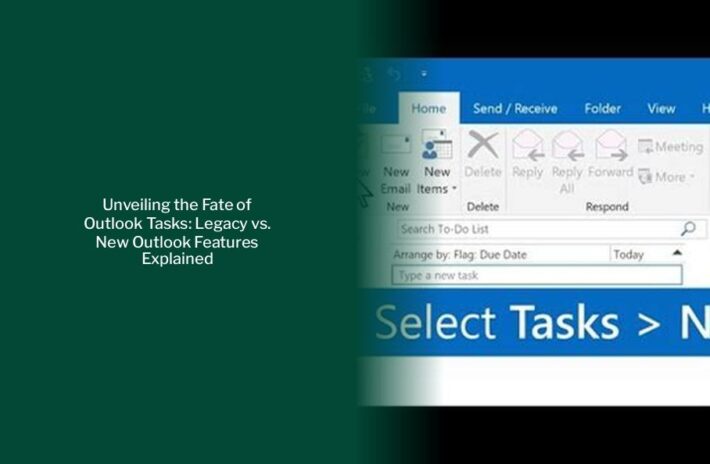Unveiling the Unique Traits of Outlook and Gmail: A Comparative Analysis

Key takeaways :
- Outlook and Gmail have distinct design differences in layout, organization, and user interaction, leading to subjective preferences.
- Practical considerations such as costs, integrations, and learnability impact the daily productivity of using Outlook or Gmail, especially in a business setting.
- Gmail offers features like smart compose, tabbed inbox, unsubscribe suggestions, importance markers, spam filters, nudges, and dynamic email updates, enhancing user experience and productivity.
- Gmail’s labeling system revolutionized email with innovative features and functionality, surpassing traditional email organization methods.
Design Differences

The design is also markedly different, with variations in layout, organization, and user interaction. These distinctions between Outlook and Gmail tend to be more subjective. Therefore, if you’re accustomed to one solution, you’ll likely prefer it over the other.
Practicality Considerations

We can also consider factors related to the practicality of each solution, especially in a business setting. Costs, potential integrations, and the learnability of each platform can impact daily productivity.
- Smart compose and personalized suggestions—Get personalized writing suggestions while you type, enhancing response speed. Learn more at the Gmail Help Center.
- Tabbed inbox—Allow Gmail to automatically categorize messages into sections like Promotions, Social, Updates, and Forums for prioritized viewing. Choose your inbox type.
- Unsubscribe suggestions—Gmail provides a simple unsubscribe button for promotional emails, streamlining the removal process from mailing lists. Learn more at the Gmail Help Center.
- Importance markers—Enable Gmail to predict important messages based on past actions and mark them accordingly. Learn more at the Gmail Help Center.
- Spam filters—Gmail’s robust spam filters block over 99.9 percent of spam, phishing, and malware, ensuring inbox security. Learn more at the Gmail Help Center.
- Nudges—Gmail can intelligently remind you of pending messages needing a response by highlighting them at the top of your inbox. Learn more at the Gmail Help Center.
Gmail can update messages to display the latest content. When dynamic email is activated, tasks such as responding to events, filling out questionnaires, and replying to comments in Google Docs can be completed within Gmail.
Don’t Miss – Unlock the Benefits: Outlook Accounts Explained
Gmail Labels
In typical Google fashion, Gmail revolutionized email with its innovative labels and categories system. While it may take some time to grasp, Gmail’s labeling system excels in features and functionality, surpassing traditional folder structures.
Winner: Gmail
When it comes to design, preferences can be highly subjective. In the realm of email service providers, individual perceptions of aesthetics play a significant role. Currently, Outlook may appear slightly outdated, while Gmail exudes a more cutting-edge vibe.
Outlook and Gmail stand out as two of the most popular email services online. But which one is the better choice for you? Email services, though seemingly straightforward, can significantly impact your productivity and organization. Let’s delve deeper into Gmail and Outlook to determine which service offers the optimal user experience.
Regarding email search functionality, Outlook offers a robust search feature allowing keyword and date range searches. Gmail’s search, on the other hand, provides specific filters but lacks the versatility of Outlook’s search capabilities.
Source: mailmeteor
🏆Winner: Gmail
Cost Comparison
Both Gmail and Outlook offer their basic email services for free to individual users, with certain limitations.
Here is a quick comparison table highlighting their key strengths. Don’t forget to explore their differences. Our ratings scale: five stars denote exceptional, three stars indicate standard, and one star signifies a service we wouldn’t recommend.
Considering a switch in email clients while retaining your email address? Discover what Mailbird can offer for your Gmail or Outlook account.
Feature Comparison: Gmail vs. Outlook
Outlook boasts a rich feature set, including ‘Rules’ for automated email management, customizable email templates, and the ‘Clean Up’ function to remove duplicate messages in threads. Additionally, Outlook provides an ‘Archive’ folder for storing emails you wish to retain but not keep in the main inbox. In contrast, Gmail lacks some of Outlook’s features due to Google’s integration of other products. While Outlook includes a calendar and contacts within the platform, Gmail integrates with Google’s Calendar and Contacts separately.
If you’re in search of a new email service, both Outlook.com and Gmail are solid choices. Your selection may hinge on personal preference. We’ve assessed both services to aid in your decision-making.
Overall Findings
Outlook.com
- Send and receive email from Hotmail, Microsoft Live, and Outlook.com addresses.
- View emails on separate tabs within one Outlook.com page.
- The immersive reader feature aids in focusing on individual emails.
- Clean user interface (UI).
- Easily organize messages using labels and folders.
Gmail
Which is the superior free email service provider, Gmail, or Outlook?
Both Gmail and Outlook offer free and premium versions, with premium versions offering additional features. This comparison focuses on the free versions of these popular email services.
Gmail or Outlook.com (Quick Comparison Chart)
Here’s a reference chart outlining key features of Gmail and Outlook:
| Google’s Gmail | Microsoft Outlook.com |
Your Gmail account has been successfully added and will be visible on the left bar. Click Done. Chrissy Montelli/Business Insider
How to add Gmail to Outlook on a Mac:
- Open Outlook, click on Preferences, then select Accounts.
- Click on the plus sign icon (+) and then choose New Account.
Distinguishing Outlook and Gmail
Outlook and Gmail, although providing the same core service of email, exhibit differences in features, user interfaces, and functionalities that render each unique. Gmail, Google’s web-based email service launched in 2004, remains a free service seamlessly integrating with other Google products like Google Drive, Google Docs, Google Meet, and Google Calendar, simplifying attachment sharing across platforms.



